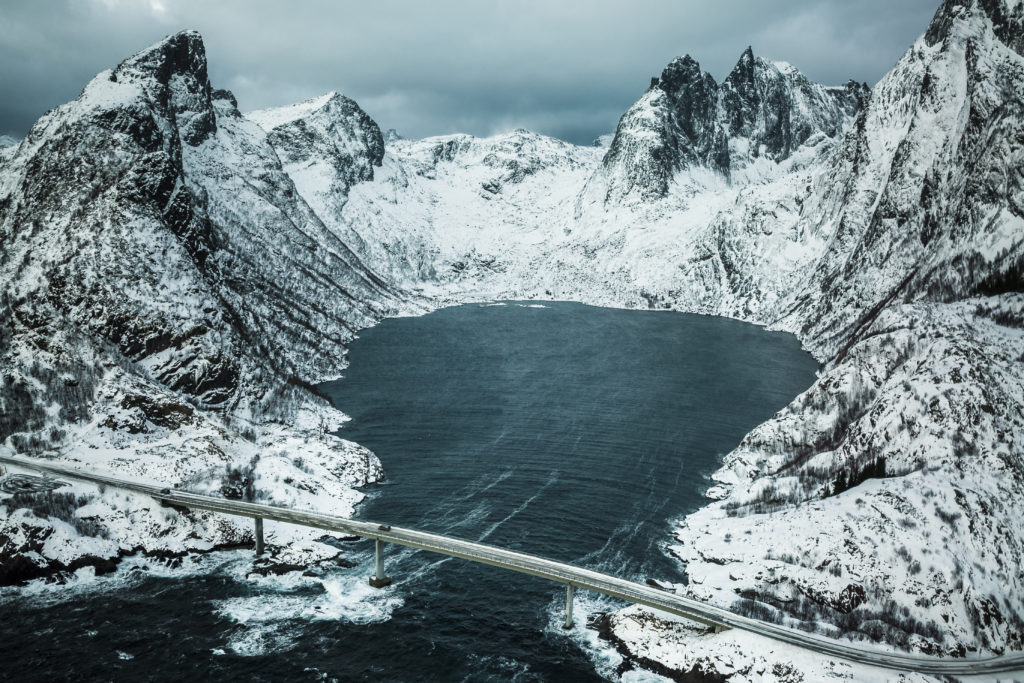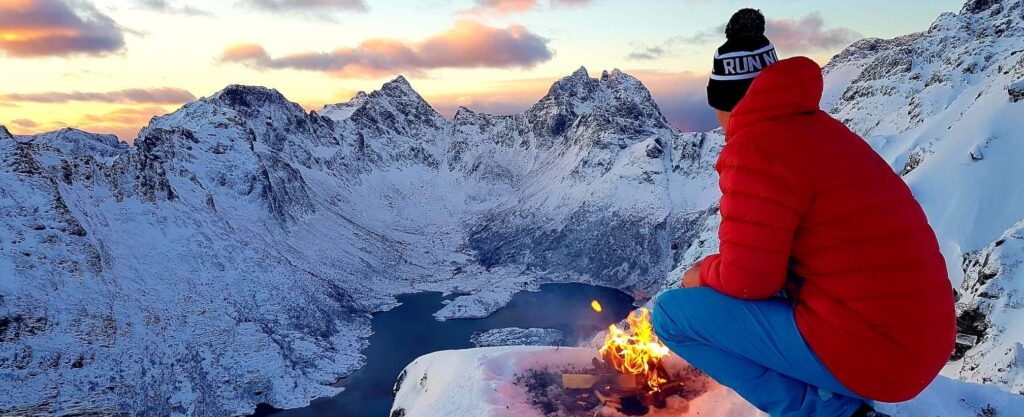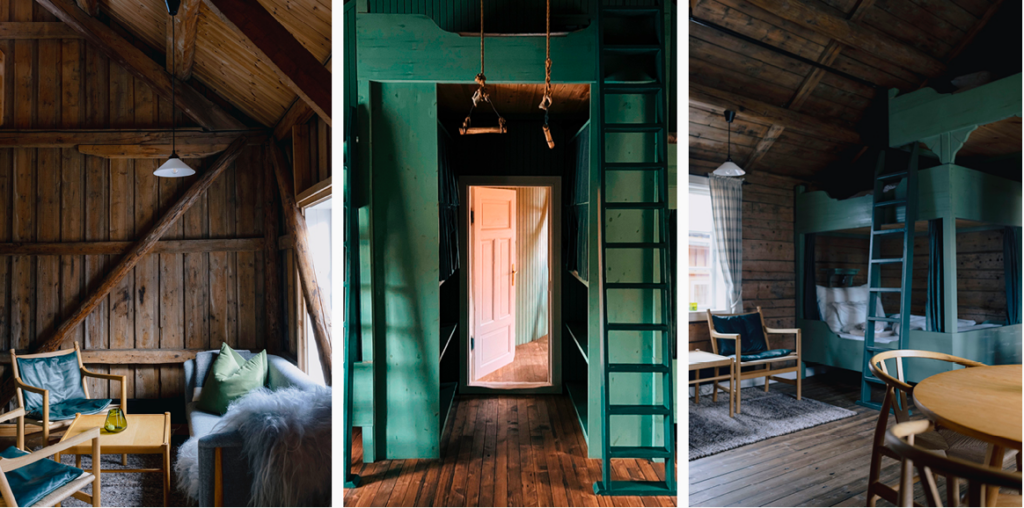The Lofoten Islands, located in the Arctic Circle, are a dream destination for nature enthusiasts, adventure seekers, and those looking to immerse themselves in unique cultural experiences. From breathtaking fjords and dramatic cliffscapes to calm fishing villages and stunning Northern Lights displays, there’s no shortage of beauty and activities to capture your interest. If you’re planning a trip to this Arctic paradise; understanding how to get there, how many days to spend and where to stay, will help you make the most of your journey.
Is it possible to drive from Oslo to Lofoten islands?

Driving from Oslo to the Lofoten Islands is possible, but it is a long journey. The distance between Oslo and Lofoten is approximately 1,200 kilometres (746 miles). Depending on the route and driving conditions, the trip can last about 18-20 hours.
One popular route is to drive north from Oslo, through cities such as Trondheim, before heading towards Narvik. From Narvik, you can continue to Lofoten either by taking the E10 route or opting for one of the scenic ferries. Mountains, glaciers and fjords are some of the stunning landscapes you will encounter on the road. For those who love road trips, this can be an incredible adventure.
However, if you’re short on time, consider alternative methods of reaching Lofoten, such as flying or combining train and ferry travel.
How to get to Lofoten Islands from the UK?

Travelling to the Lofoten Islands from the UK, involves a combination of air and land transportation. The most common approach is to fly from major UK airports, such as London Heathrow or Manchester, to a Norwegian city such as Oslo or Bergen. From there, you can board a connecting flight to Harstad/Narvik Airport (EVE), which is the closest major airport to Lofoten.
After landing at Harstad/Narvik, you have a few options to reach Lofoten. Renting a car is a popular choice, providing flexibility and the opportunity to explore the islands at your own pace. The drive from Harstad/Narvik Airport to Lofoten takes approximately 2.5 to 3 hours via the E10 road. Alternatively, you can take a bus or ferry, both of which offer comfortable and scenic travel experiences.
For detailed flight and transport options, visit Avinor and Norwegian Airlines.
How many days do you need in Lofoten?

The ideal length of stay in the Lofoten Islands, depends on your interests and the activities you wish to undertake. A minimum of five to seven days is recommended, to fully appreciate the region’s natural beauty, engage in various outdoor activities, and immerse yourself in local culture.
During a week-long stay, you should plan for hiking, fishing, kayaking and enjoy the stunning beaches and fjords. This duration also gives you flexibility with the weather conditions, which can be unpredictable on the islands. With a few extra days, you can visit local attractions, taste traditional Norwegian cuisine and take guided tours to explore what Lofoten’s nature has to offer.
For those with limited time, a well-planned 3 to 4-day itinerary can still offer a memorable overview of Lofoten’s highlights. However, to experience the islands more thoroughly and at a leisurely pace, 7 days is ideal.
Where to stay?
Finding suitable accommodation is essential for a comfortable and enjoyable stay in Lofoten. Some of the island’s accommodation options are traditional Rorbu cabins, cozy guesthouses, and modern hotels.
Rorbu cabins

For an authentic experience, staying in a traditional rorbu cabin is highly recommended. These charming wooden cabins, originally used by fishermen, have been converted into comfortable lodgings that offer unique historical ambiance, while providing modern amenities. You can find rorbu cabins in picturesque fishing villages such as Reine, Hamnøy, Holmen, and Henningsvær.
At Holmen Lofoten, we offer traditional Rorbu Cabins and new modern rooms to allocate our guests based on their preferences. See our rooms here.
Hotel or guesthouse

Hotels and guesthouses are also prevalent throughout the islands. For luxury and comfort, Holmen Lofoten offers a spectacular stay with stunning sea views and top-notch amenities. Guesthouses and bed-and-breakfast accommodations, such as those found in Svolvær and Leknes, provide a more intimate and personalized experience, often coupled with local hospitality.
For any booking inquiries please contact us through email: reception@holmenlofoten.no.
Apartments and cottages
For travelers who prefer flexibility and the freedom to cook their own meals, self-catering cottages and apartments are available. These accommodations are ideal for families or groups, providing a home-away-from-home environment.
Camping
Camping is another option for the adventurous traveler. Several campgrounds and caravan parks are open year-round, allowing guests to stay close to nature. With facilities to accommodate tents, caravans, and motorhomes, campgrounds such as those in Ramberg and Flakstad are popular choices.
Consider the location of your accommodation based on your planned activities. Staying centrally in Lofoten, such as in Leknes or Svolvær, provides easier access to various parts of the archipelago, reducing travel time between attractions.
Here you can find all the camping spots in lofoten.
Planning your activities in Lofoten islands

No matter where you stay, planning your activities can help make the most of your Lofoten adventure. From hiking the peaks of Reinebringen and Ryten to exploring the beaches of Ramberg and Haukland, the islands offer plenty of outdoor adventures for all skill levels. Fishing trips, boat tours, and Northern Lights excursions are also popular activities that provide a deeper connection to the local environment and culture.
If you’re interested in local art and history, visiting the Lofoten War Museum, Norwegian Fishing Village Museum, and Galleri Lofoten Hus are worth adding to your itinerary. These cultural sites offer insight into the islands’ rich heritage and artistic contributions.
